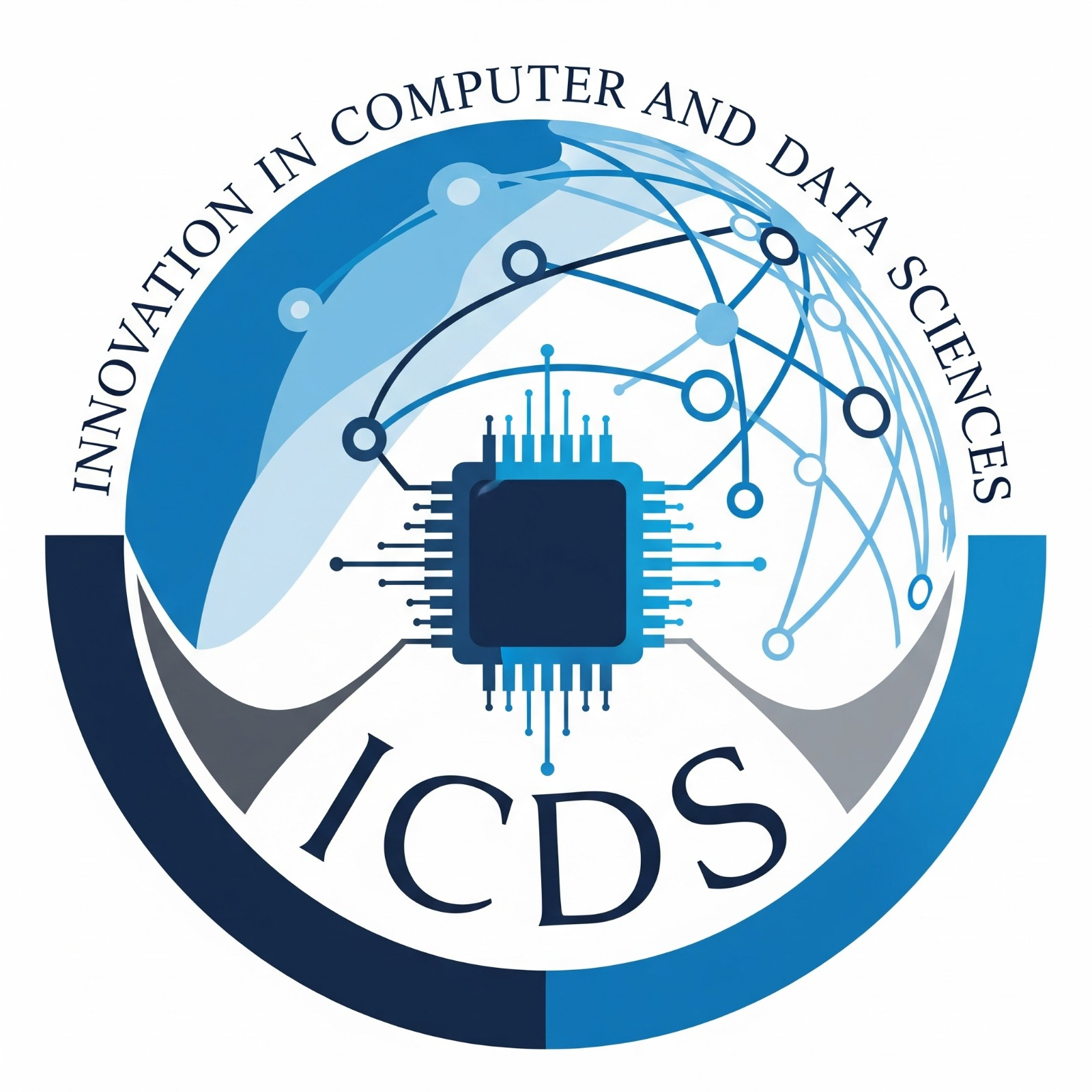Economic growth dynamics: a machine learning-augmented nonlinear autoregressive distributed lag model of asymmetric effect
DOI:
https://doi.org/10.64389/icds.2025.01125Keywords:
Oil Prices, Exchange Rate, Nonlinear ARDL, Machine Learning, Random Forest, Feature SelectionAbstract
Breaking away from traditional methods, this study investigates the asymmetric effects of macroeconomic shocks on economic growth in Nigeria using a novel Machine Learning-Augmented Nonlinear Autoregressive Distributed Lag (NARDL) model. We utilized a Random Forest algorithm to data-driven feature selection, thus model optimization and its enhanced robustness against random selection of lags. The results confirm the presence of a long-run cointegrating relationship and show that positive and negative oil price shocks statistically differ in their effects on GDP. We also find inflation to have a strong negative long-run effect, and government capital expenditure is a significant driver of growth. Such embedding of machine learning in the NARDL model is a more empirically valid policy analysis tool that supplies key findings for policymakers in resource-dependent economies.
Downloads
Downloads
Published
Issue
Section
License
Copyright (c) 2025 Christogonus K. Onyekwere, Chinedu K. Nwankwo, John Abonongo, Emmanuel Chibuogu Asogwa, Anum Shafiq

This work is licensed under a Creative Commons Attribution 4.0 International License.



